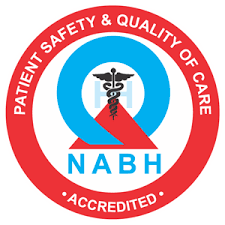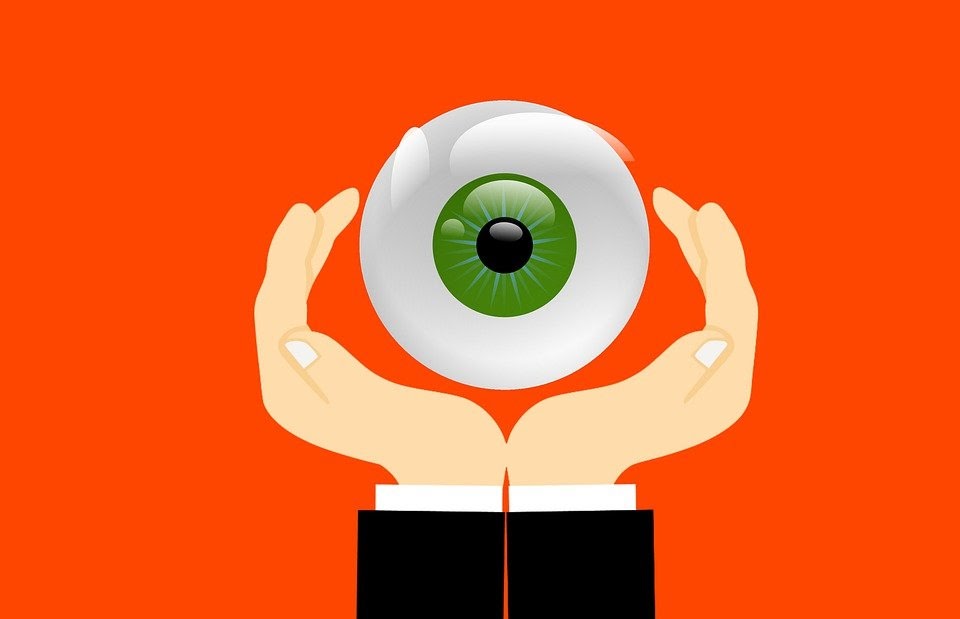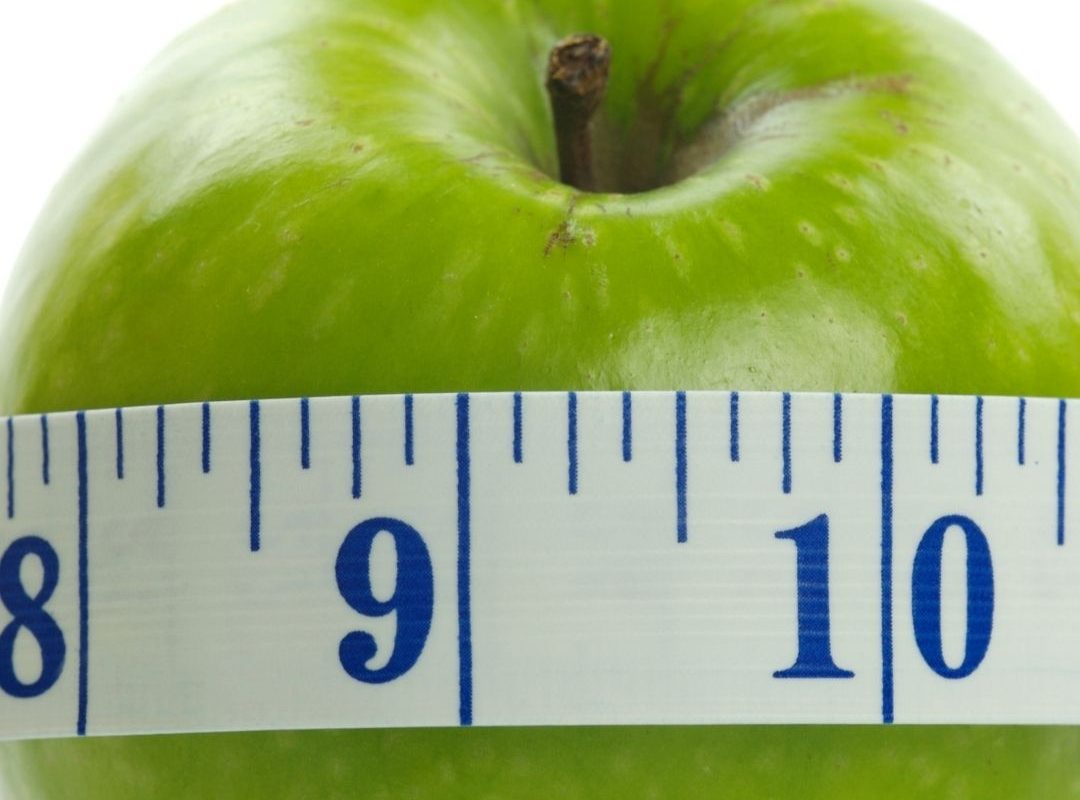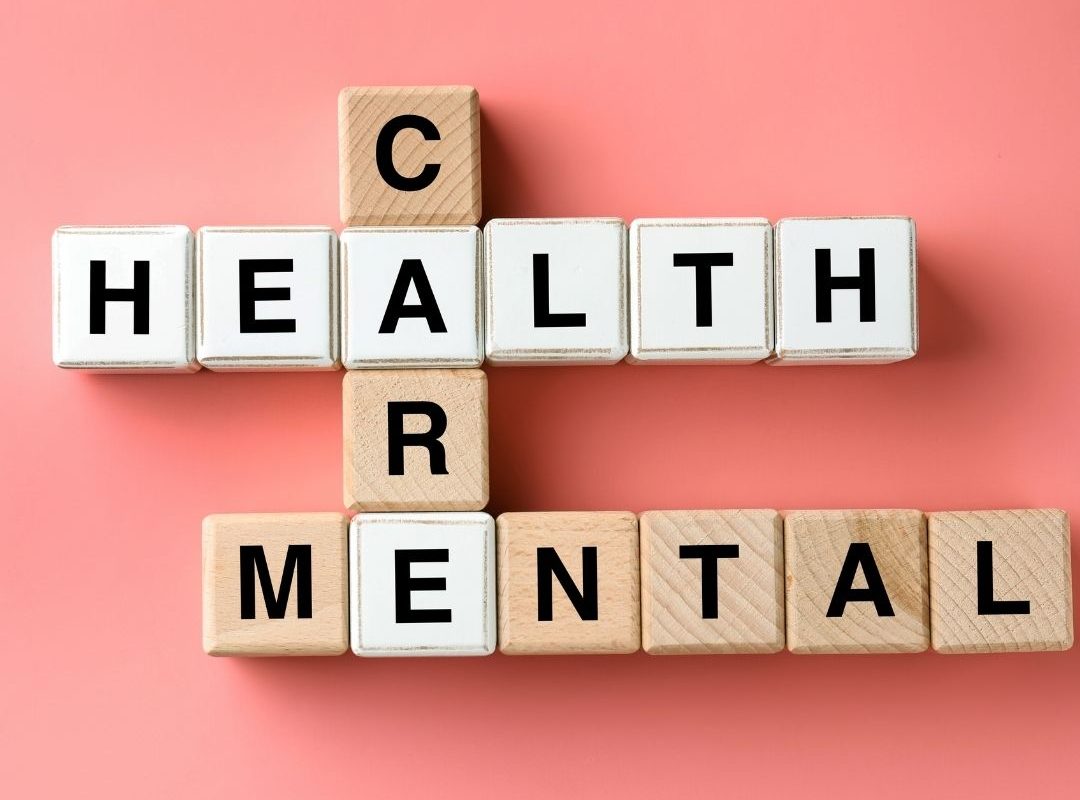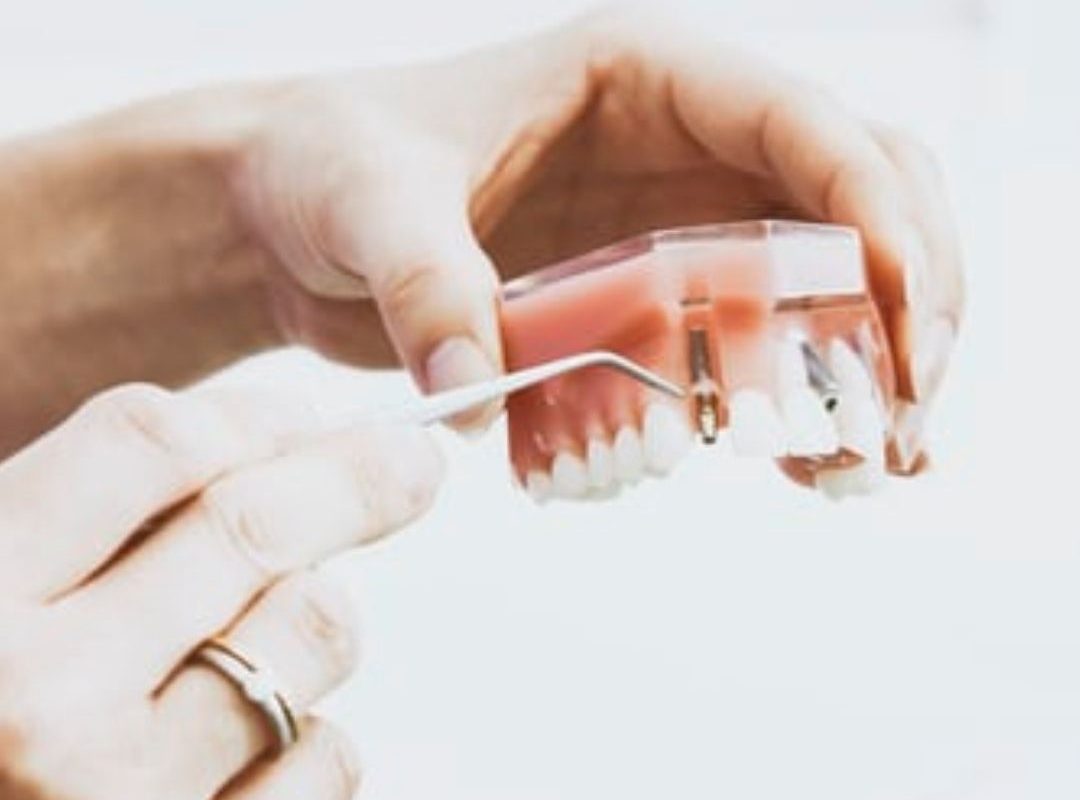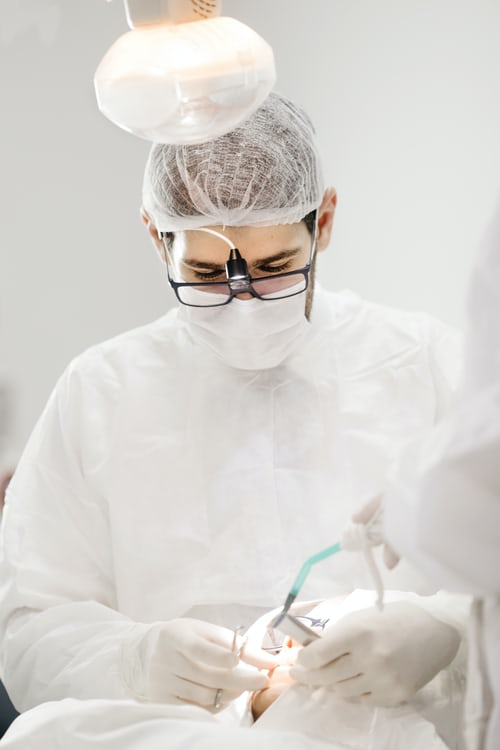Post-Diwali Eye & Skin Care
Diwali is known as the festival of lights, also a celebration known to cause different kinds of injuries. This year let us be aware of how to take good Post-Diwali Eye & Skin Care – Saideep Hospital
Diwali celebrations mean lots of fun and enjoyment. Unfortunately, improper handling and playing with fireworks account for thousands of emergency room visits each year during the festival. Most people do not think of the accidents that could occur during the festivities due to the fireworks and sparklers. The leading cause of injuries on Diwali is the lack of appropriate safety measures during playing with crackers.
Despite the various health and environmental concerns, few still go ahead in bursting crackers. We need to be aware of the eye and skin safety measures to ensure Diwali’s joy stays with us post the celebrations.

The majority of injuries are associated with flowerpot and bottle rocket crackers. Burns are the most common type of injury.
Eyes are the second-most common area to be affected after hands and fingers. Contusions (blood clots), lacerations(cuts), and foreign bodies in the eye are seen frequently. Bottle rockets can fly into people’s faces and cause eye injuries; crackers can damage the eyesight if they explode at a close range.
These eye injuries could cause loss of vision, especially in children. Cracker causes blunt and penetrating injuries to about 6% to 10%, with nitrous oxide and sulfur dioxide levels rise considerably, which also causes irritability and watering of eyes.
Eye Care
- Ensure that your eyes are well lubricated (consult your ophthalmologist for medicated drops)
- Make sure to wash your eyes regularly post Diwali to remove any or all foreign substances.
- If you are a contact lens wearer, ensure you clean your lenses well post the celebrations. It is advisable to throw the pair that you have worn to avoid any infections or irritations.
- Don’t press or rub the eye with your palm or hand. In case of an injury, it may get compounded.
- If you feel any kind of burning or painful sensation in your eyes, don’t cover it with your hand or cloth as it creates undue pressure on your eye.
- It is better to avoid washing eyes in case of mechanical injuries. In case of a chemical injury, wash the eye well with clean water.
- Don’t neglect any eye injury, however trivial it may look. It is always better to rule out vision-threatening problems
- If a particle is large or stuck in the eye, do not attempt to remove it. Visit your ophthalmologist immediately
- If any chemical substance has entered the eye, immediately wash your eyes with water for a couple of minutes
Skin Care
- Consume 8-10 glasses of water every day to keep your skin hydrated. This will also help to keep your scalp cool, hydrated, and breathing all the time. It will help in reducing the effects of crackers and pollution on your skin & hair
- Include more fruits and nuts in your diet to help your body stabilize after the heavy consumptions of Diwali sweets & snacks
- Ensure you follow an exfoliating regime post-Diwali, to help your skin breathe from the heavy makeup and pollution it was exposed to.
- Limit the consumption of sugar after the festive season
- Consult your doctor in case of burns on the skin
- If needed, get some medicated facial after Diwali
- Avoid harsh surface chemical treatments during the Diwali month—be it for skin or hair
Check out our recent post at – https://www.instagram.com/saideephealthcareofficial/?hl=en

